Handcraft
Sustainable Handcrafting: 101 guide
Explore sustainable handcrafting techniques like upcycling and natural dyeing to create unique, eco-friendly items while supporting local artisans and reducing waste.
Advertisement
Introduction to Sustainable Handcrafting

Sustainable handcrafting is more than a trend; it’s a movement towards mindful creation. It emphasizes using recycled and eco-friendly materials to reduce waste.
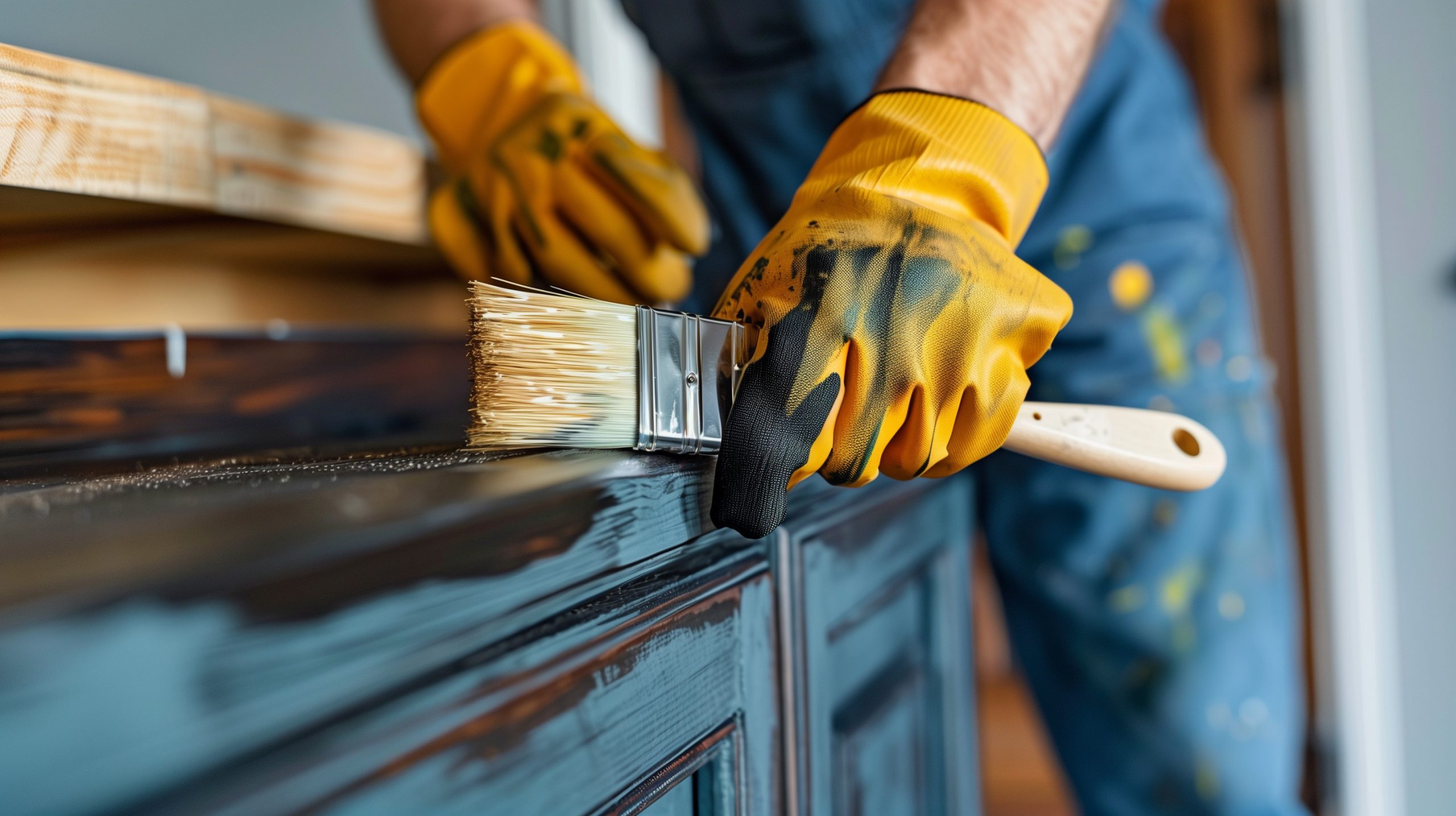
DIY Home Decor
Transform your home with DIY decor projects for every room. Discover creative, budget-friendly ways to personalize your space with handcrafted touches.
Artisans can create beautiful, unique items by adopting sustainable practices while minimizing their environmental impact. Let’s explore this eco-conscious approach to crafting.
Sustainable Handcrafting Techniques
Sustainable handcrafting techniques are diverse and innovative. They include upcycling, natural dyeing, eco-friendly paper making, zero-waste sewing, and natural weaving.
These methods not only reduce waste but also promote creativity and resourcefulness. Each technique offers a unique way to transform materials into beautiful, functional items.
By embracing these techniques, crafters can contribute to a more sustainable world, creating eco-friendly and aesthetically pleasing items.
Upcycling
Upcycling transforms waste materials into new, valuable items. It’s a creative way to reduce waste and give new life to discarded objects.
Start by identifying items that can be repurposed. Old jeans can become tote bags, glass bottles can be turned into vases, and wooden pallets can be transformed into furniture.
The key to successful upcycling is imagination. Look at everyday objects with a fresh perspective and consider how they can be reinvented.
Upcycling not only reduces waste but also results in unique, one-of-a-kind creations. Each upcycled item tells a story and carries a personal touch.
By upcycling, you contribute to a circular economy, where materials are continuously reused and repurposed, reducing the need for new resources.
Natural Dyeing
Natural dyeing uses plant-based materials to color fabrics and fibers. It’s an eco-friendly alternative to synthetic dyes and offers beautiful, earthy tones.
Natural dyes can be created using materials like onion skins, avocado pits, turmeric, and indigo. Each material produces a unique color.
To dye fabric, boil the natural materials to extract the dye, then soak the fabric in the dye bath. The process is simple and rewarding.
Natural dyeing produces stunning results and connects you to traditional crafting methods. It’s a way to honor nature and its vibrant palette.
Experiment with different materials and techniques to create a range of colors and patterns. Natural dyeing is a journey of discovery and creativity.
Eco-Friendly Paper Making
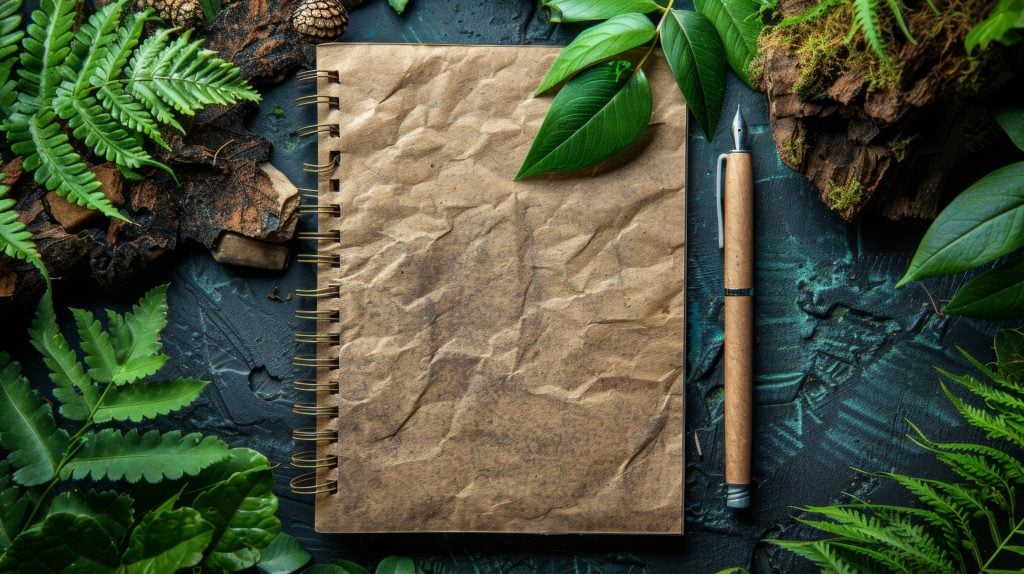
Handmade paper can be created using recycled paper scraps and plant fibers. This technique reduces waste and produces beautiful, textured paper.
To make eco-friendly paper, blend recycled paper with water to create a pulp. Spread the pulp onto a screen to form sheets of paper.
Add natural materials like flower petals, leaves, or seeds to the pulp for added texture and visual interest. Each sheet of paper will be unique.
Eco-friendly paper-making is a mindful and meditative process. It encourages you to slow down and appreciate the beauty of handmade creations.
Use the handmade paper for cards, journals, or art projects. It’s a versatile and sustainable material that adds a personal touch to any creation.
Zero-Waste Sewing
Zero-waste sewing focuses on designing garments without producing fabric waste. It requires careful planning and pattern-making to use every piece of fabric.
Start by creating patterns that fit together like a puzzle. This ensures that no fabric is wasted during the cutting process.
Use fabric scraps for smaller projects, such as accessories or patchwork quilts. Every piece of fabric can be repurposed and reused.
Zero-waste sewing promotes resourcefulness and creativity. It challenges you to think differently about design and construction.
By adopting zero-waste sewing techniques, you contribute to a more sustainable fashion industry and reduce the environmental impact of textile waste.
Natural Weaving
Natural weaving uses grasses, reeds, and plant fibers to create woven items. It’s a sustainable and traditional crafting method.
Harvest and prepare the natural fibers, then weave them into baskets, mats, or other items using traditional techniques.
Natural weaving connects you to the earth and its resources. It’s a way to honor ancient crafting methods and create functional, beautiful items.
Experiment with different weaving patterns and materials to create unique designs. Each woven item will be a reflection of your creativity and skill.
Natural weaving is a mindful and rewarding practice. It encourages you to slow down and appreciate the beauty of handmade creations.
Environmental Impact of Sustainable Handcrafting
Sustainable handcrafting reduces waste and pollution. By using recycled and eco-friendly materials, crafters minimize their environmental footprint.
Another benefit is conserving natural resources. Sustainable handcrafting promotes the use of renewable materials and reduces the demand for new resources.
Supporting sustainable practices helps protect ecosystems and biodiversity. It encourages responsible sourcing and reduces the impact on the environment.
For those starting, begin with small projects and gradually incorporate sustainable techniques. Every effort counts towards a more sustainable future.
By choosing sustainable handcrafting, you contribute to a healthier planet and inspire others to adopt eco-friendly practices.
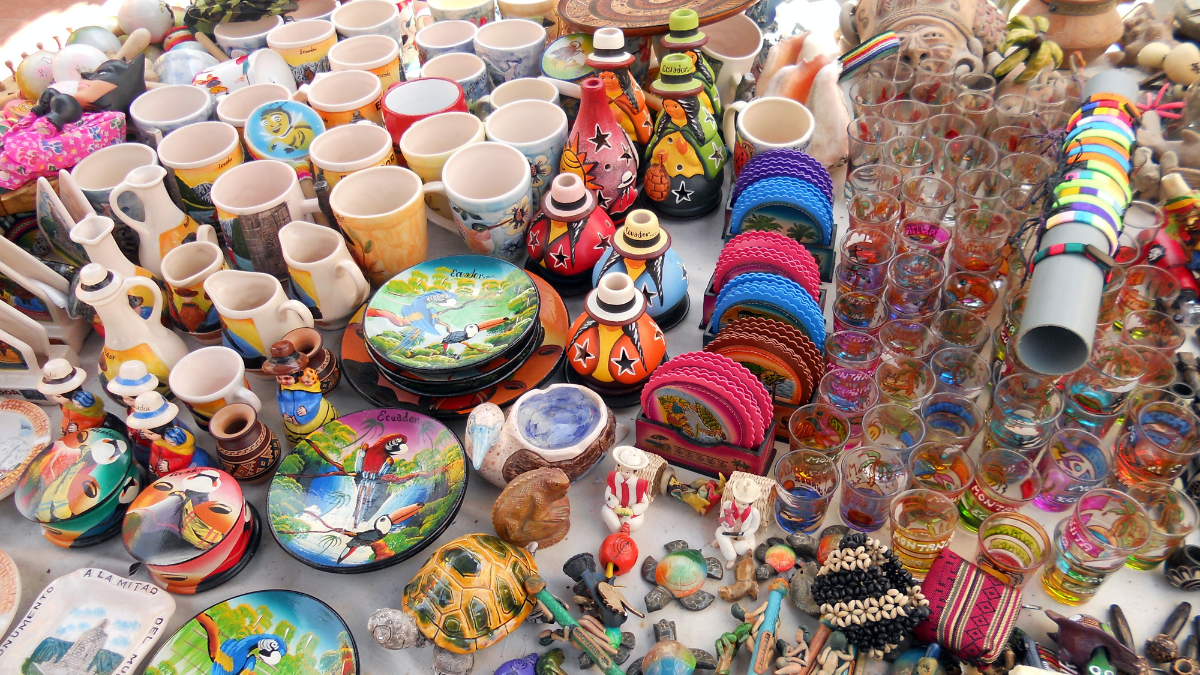
Cultural Handcrafts
Explore the vibrant world of cultural handcrafts. Discover global artistry, traditional techniques, and unique crafts from diverse cultures.
Circular Economy and Handcrafting
The circular economy is a system where materials are continuously reused and repurposed. Sustainable handcrafting fits perfectly into this model.
Historically, handcrafting has always been about resourcefulness and creativity. Traditional crafts often use locally sourced and renewable materials.
Sustainable handcrafting continues this tradition today, promoting a circular economy in which waste is minimized, and materials are valued.
Crafters, by embracing sustainable techniques, contribute to a more resilient and sustainable economy. They create items that are both beautiful and eco-friendly.
The circular economy and handcrafting are intertwined, offering a path towards a more sustainable and mindful way of living.
Social Benefits of Sustainable Handcrafting
Sustainable handcrafting creates jobs and generates income for local communities. It supports artisans and promotes traditional crafting skills.
By choosing sustainable materials, crafters contribute to social inclusion and community empowerment.
Sustainable handcrafting preserves cultural heritage and traditional techniques. It ensures that these valuable skills are passed down to future generations.
Community projects and cooperatives often focus on sustainable handcrafting, fostering a sense of community and collaboration.
The social benefits of sustainable handcrafting extend beyond the individual.
How to Start with Sustainable Handcrafting
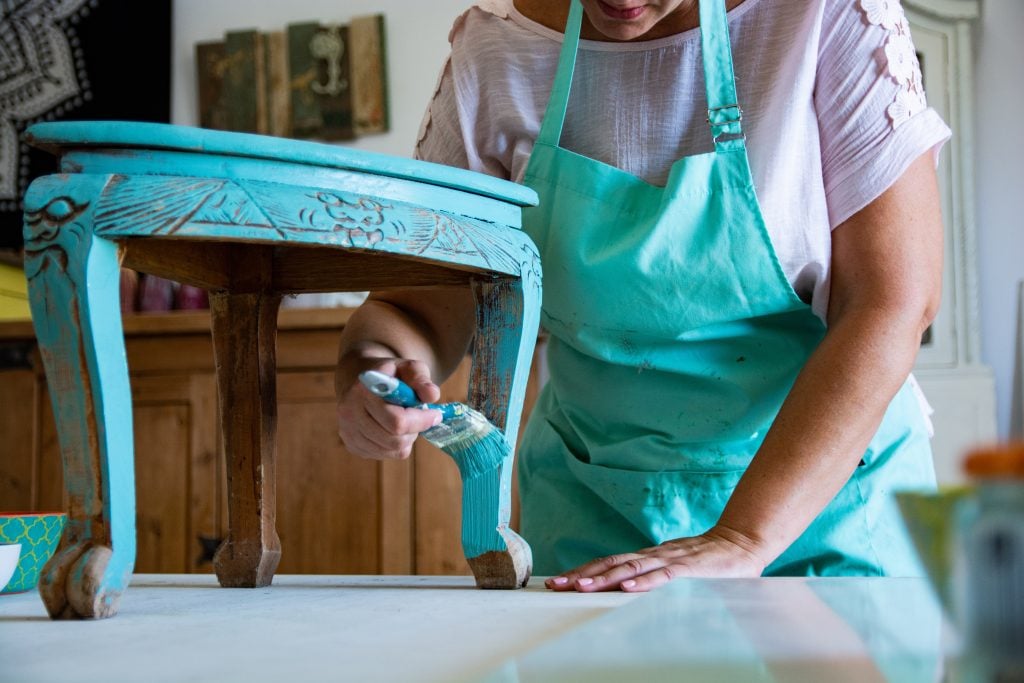
Starting with sustainable handcrafting can be simple and rewarding. Begin by gathering eco-friendly materials and tools.
Set aside dedicated time for crafting, free from distractions. This allows you to focus and enjoy the creative process.
Experiment with different techniques and materials. Seek inspiration from various sources, such as online tutorials, craft books, or nature. This can spark new ideas and keep your creativity flowing.
Remember to enjoy the process and take pride in your creations. The joy and satisfaction of making something with your own hands are invaluable.
Conclusion
Sustainable handcrafting is a beautiful way to create while caring for the planet. It emphasizes using recycled and eco-friendly materials to reduce waste.
From upcycling to natural dyeing, sustainable techniques offer endless possibilities for creativity and resourcefulness.
Crafters contribute to a circular economy by adopting sustainable practices and supporting local communities. They create items that are both beautiful and meaningful.
The environmental and social benefits of sustainable handcrafting are profound. It promotes a more mindful and responsible way of living.
In a world where everything is becoming increasingly digital and impersonal, sustainable handcrafting offers a way to connect with nature and each other.

Monetize Your Craft
Unlock the secrets to earning from your craft. Discover practical strategies to turn your creative passion into a profitable venture.
Trending Topics

How to secure WhatsApp from hackers: best tips
WhatsApp cloning scams are more common, and digital safety measures are needed more than ever. Learn how to secure your WhatsApp from hackers!
Keep Reading
Learn About Crafts in EVA
EVA material is a kind of craft material that is very successful. It can be used to create several super creative and original pieces. If you want to know how to learn see this article.
Keep Reading
How to Take Measurements with the Blood Pressure Tracker app
The Blood Pressure Tracker app is a convenient device for those who want to improve their long-term health in a more practical way.
Keep ReadingYou may also like
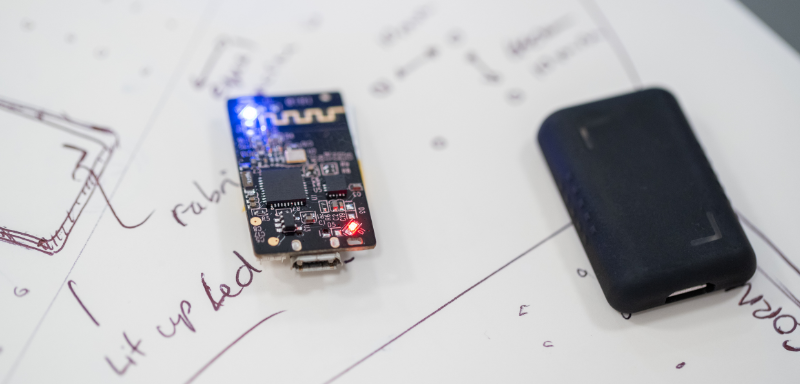
How to Know If You’re Being Tracked: Essential Tips for Identification!
If you want to learn how to know if you're being tracked, check out this article! Understand the best strategies for staying safe anywhere.
Keep Reading
NASCAR MOBILE: How to Use the App to Follow the Races
Feel the thrill of NASCAR races for free, anywhere and any time! Learn all the features and how to use the NASCAR Mobile app!
Keep Reading
Where to Watch Formula 1: Discover The Best Apps!
Take the front seat and join the immersive experience of watching the Formula 1 races live with these apps from wherever you are!
Keep Reading